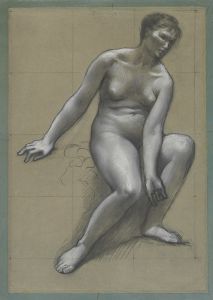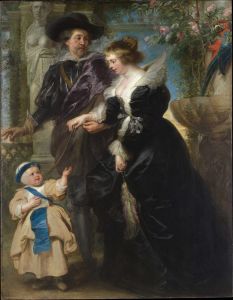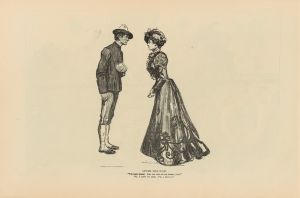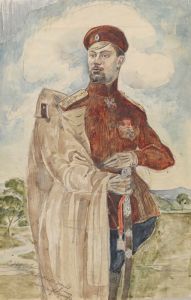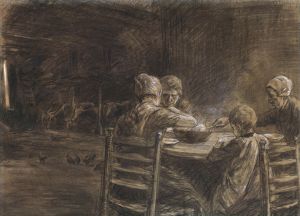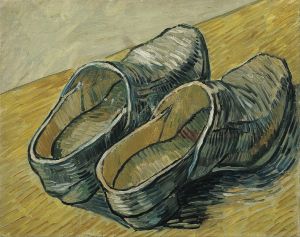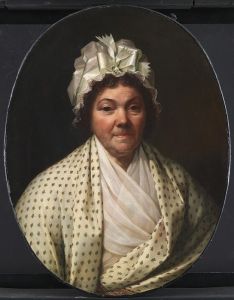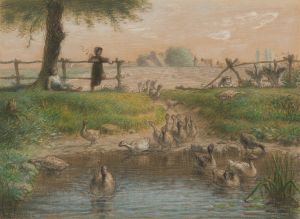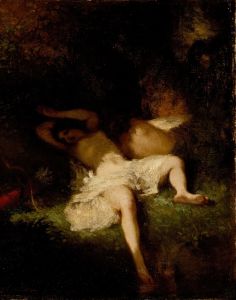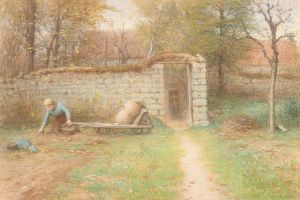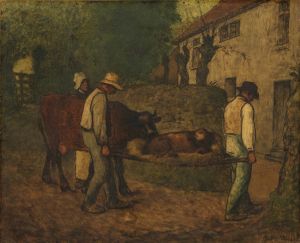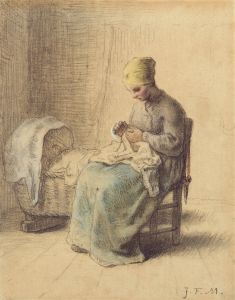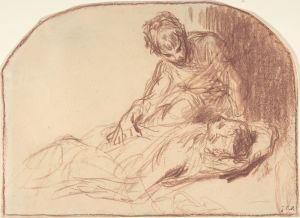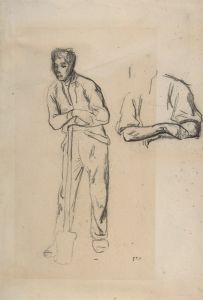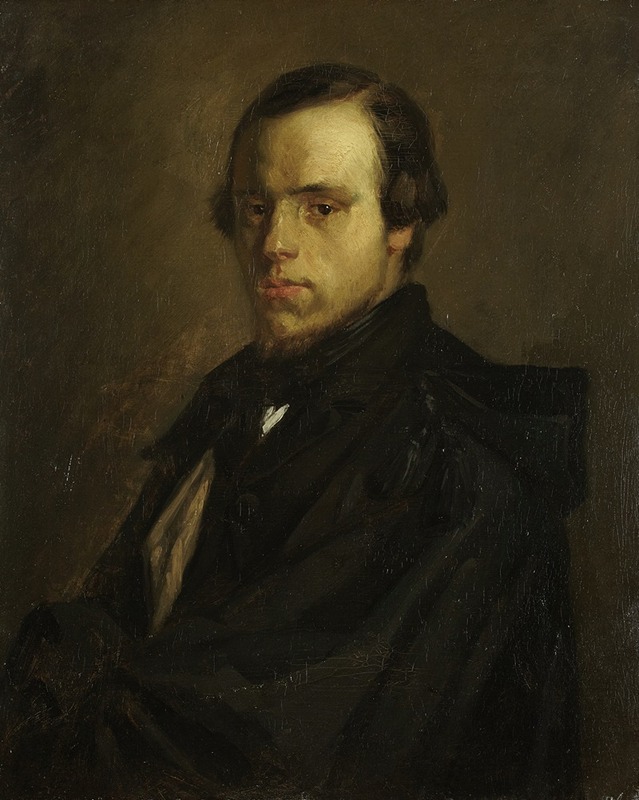
Portrait of Mister le Courtois, the Artist’s Brother-in-Law
A hand-painted replica of Jean-François Millet’s masterpiece Portrait of Mister le Courtois, the Artist’s Brother-in-Law, meticulously crafted by professional artists to capture the true essence of the original. Each piece is created with museum-quality canvas and rare mineral pigments, carefully painted by experienced artists with delicate brushstrokes and rich, layered colors to perfectly recreate the texture of the original artwork. Unlike machine-printed reproductions, this hand-painted version brings the painting to life, infused with the artist’s emotions and skill in every stroke. Whether for personal collection or home decoration, it instantly elevates the artistic atmosphere of any space.
Jean-François Millet, a prominent French painter and one of the founders of the Barbizon school, is renowned for his depictions of peasant life and rural landscapes. Among his works is the painting "Portrait of Mister le Courtois, the Artist’s Brother-in-Law." This artwork, like many of Millet's pieces, reflects his keen interest in portraying individuals with a sense of realism and humanity.
Jean-François Millet was born on October 4, 1814, in Gruchy, a hamlet in the Normandy region of France. He grew up in a rural environment, which significantly influenced his artistic vision. Millet's early exposure to the hard-working lives of peasants deeply impacted his choice of subjects and his approach to painting. He studied art in Cherbourg and later in Paris, where he was influenced by the works of other artists and the changing artistic movements of the time.
The painting "Portrait of Mister le Courtois, the Artist’s Brother-in-Law" is a testament to Millet's ability to capture the essence of his subjects. Although specific details about the painting's creation and its current location are limited, it is known that Millet often painted portraits of people close to him, including family members and friends. This personal connection likely provided him with a deeper understanding of his subjects, allowing him to portray them with authenticity and empathy.
Millet's style is characterized by a focus on realism and an emphasis on the dignity of his subjects. In his portraits, he often employed a subdued color palette and careful attention to detail, which helped convey the character and mood of the individuals he painted. This approach is evident in "Portrait of Mister le Courtois," where Millet's brother-in-law is depicted with a sense of presence and individuality.
Throughout his career, Millet faced both praise and criticism for his work. While some appreciated his dedication to depicting the lives of ordinary people, others criticized his style as being too rustic or lacking in idealization. Despite this, Millet remained committed to his vision, and his work has since been recognized for its significant contribution to the development of modern art.
Millet's influence extended beyond his lifetime, impacting artists such as Vincent van Gogh and influencing movements like Realism and Impressionism. His focus on everyday subjects and his ability to convey their humanity resonated with later artists who sought to break away from traditional academic art.
In summary, "Portrait of Mister le Courtois, the Artist’s Brother-in-Law" is an example of Jean-François Millet's skill in portraiture and his dedication to realism. While specific details about the painting are scarce, it remains a part of Millet's broader body of work that highlights his interest in capturing the essence of his subjects. Through his art, Millet offered a window into the lives of those around him, emphasizing their dignity and individuality in a rapidly changing world.





